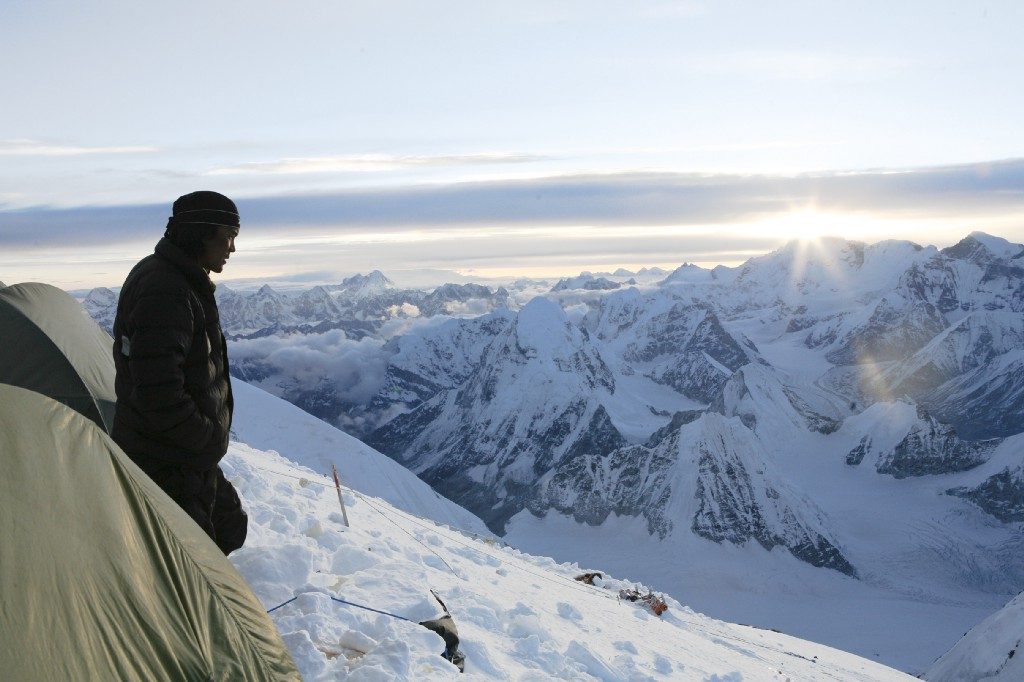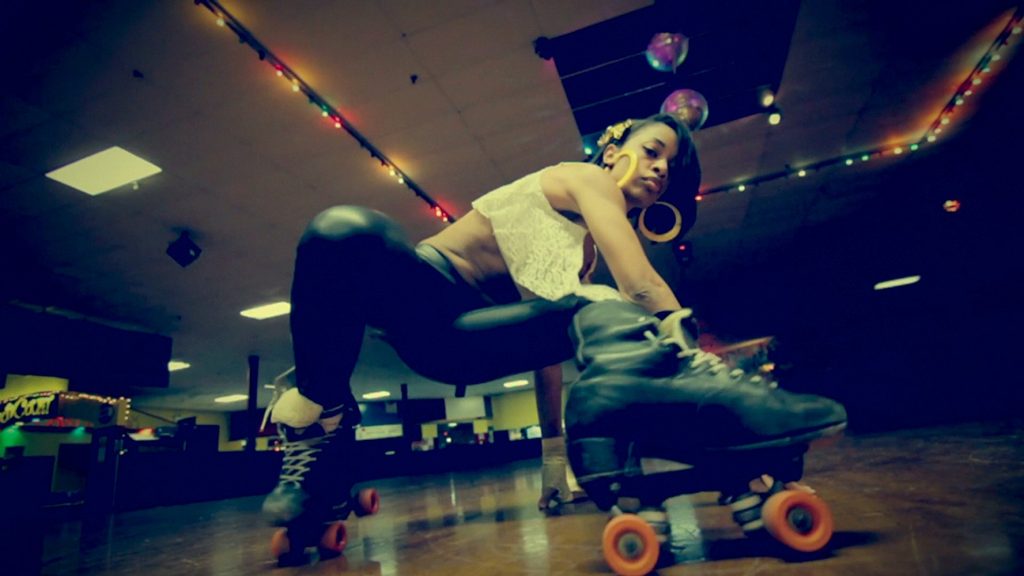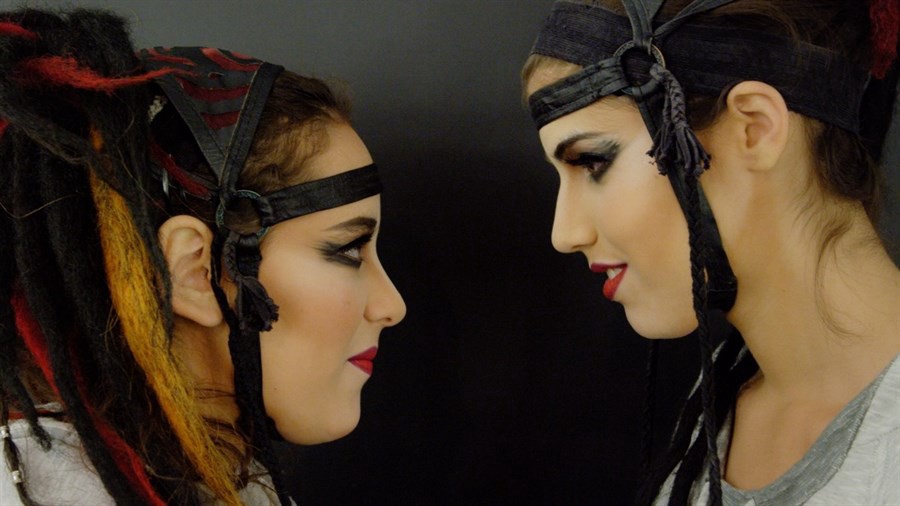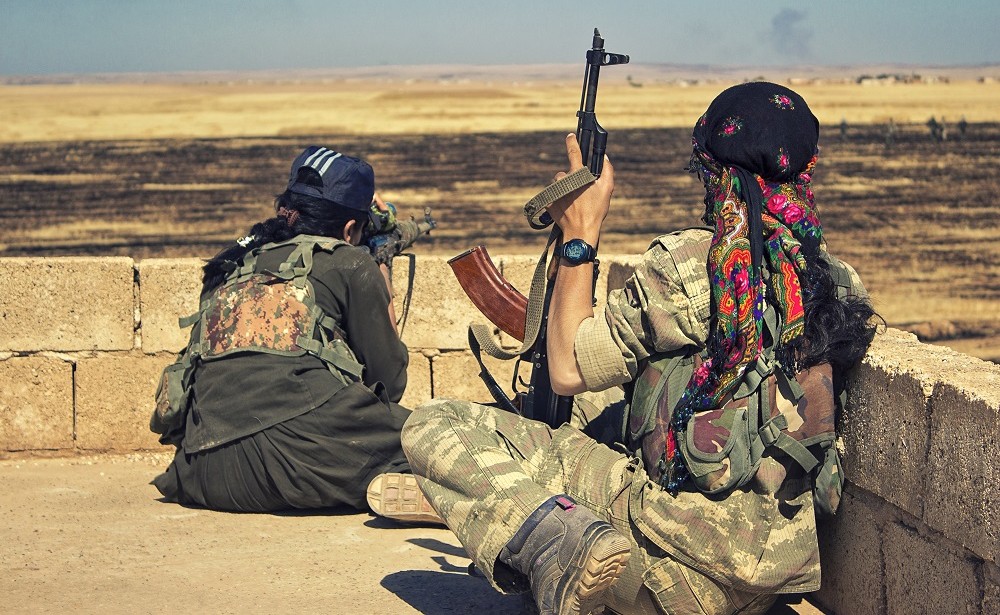Jennifer Peedom is an Australian documentary filmmaker based in Sydney. Her television credits include high-altitude direction and cinematography on the Discovery Channel’s “Everest: Beyond the Limit.” Her feature documentaries are “Miracle on Everest,” “Solo,” “Living the End” and “Sherpa.” (Press materials)
“Sherpa” will premiere at the 2015 Toronto International Film Festival on September 15.
W&H: Please give us your description of the film playing.
JP: “Sherpa” follows an Everest expedition from the Sherpa point of view. It looks at how the Sherpa community united in grief and anger to reclaim the mountain following a deadly avalanche that struck as the crew were filming, killing 16 Sherpas, and details the stark contrast between those who undertake the hardest work and those who reap the benefits.
W&H: What drew you to this story?
JP: On-an-off over a decade, I worked as a director and camera operator in the Himalayas, including three expeditions with the Sherpa team at the heart of this film. Over the years, I watched Sherpas being left on the cutting room floor on many Everest films, and while they would never say anything, I knew that it hurt them because they knew they were taking a disproportionate share of the risk in getting foreigners to the summit and back down safely. So I decided to make a film from the Sherpa point of view.
W&H: What was the biggest challenge in making the film?
JP: Making a film at high altitude is extraordinarily difficult from a physical and a technological point of view. Then we were faced with the worst disaster in the history of Everest, with 16 Sherpas killed in a deadly avalanche. It was an emotionally fraught time, and one that threw up many ethical challenges for all the crew.
W&H: What do you want people to think about when they are leaving the theater?
JP: I want them to walk away with a deeper insight into a world and a point of view of Everest they may not have been familiar with before.
W&H: What advice do you have for other female directors?
JP: Try to have the confidence to back your ideas and stories as [much] as male directors do!
W&H: What’s the biggest misconception about you and your work?
JP: If there are any misconceptions, it would be perhaps that I’m an “adventure” filmmaker. I don’t see myself this way. I think I make films about people, what motivates them and why they make the choices they do. I like to bring a female point of view to topics that are often in the male domain.
W&H: How did you get your film funded? Share some insights into how you got the film made.
JP: The first step to funding was attaching two brilliant producers: Bridget Ikin, one of Australia/New Zealand’s top indie producers, and John Smithson (“Touching the Void,” “127 Hours”). Together, they financed the film with a combination of investment from Screen Australia and a small number of private investors and presales from Universal Pictures (ROW) and Footprint Films (Aus/NZ).
W&H: Name your favorite woman-directed film and why.
JP: I loved “Citizenfour” by Laura Poitras for its extraordinary access and the way Laura handled the material about this important event. She has so much courage and integrity.







